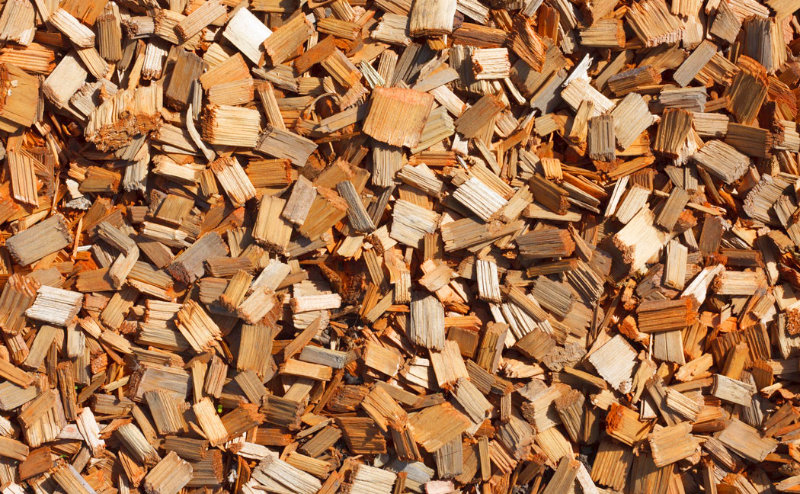8 Reasons to use Wood Chips in the Garden


Wood Chips – Mulch Method
This will work in any garden. Though it’s especially easy and beneficial in a raised garden bed. Here are several benefits from adding wood chips to the garden.
Wood Chips Save Water
Wood chips will slow the process of water evaporation. It will help prevent loss of water from the soil.
Wood Chips Keep Weeds Down
Weeds have difficulty emerging from under a cover of chips.
Stable Soil Temperature
The soil will be cooler in the summer and warmer in the winter. Thus maintaining a more even soil temperature.
Prevent Disease From Splashing Water
It will also prevent the splashing of soil-borne disease onto the plants. Tip: pruning lower branches helps a lot too!
Nutrients Added To Soil
Decaying mulch from wood chips releases its nutrients into the soil.
Prevents Soil Compaction
Helps prevent crusting of the soil surface. Thus improving the absorption of water into the soil.
Better Roots
Mulched plants apparently produce more roots.
Aesthetics
It will make your garden look great!
I’ve read recommendations to only apply wood chips to established plants rather than around seedlings. I’ve also read when using bark on a new garden, you can apply a thick layer before you plant. But when you are ready to set your seeds or starts, pull back just enough bark to drop your plants in.
Also, it may affect the pH of your soil to a small extent. This probably depends on what kind of chips you’re using (from what kind of tree or bark).
Another tip: Cedar apparently works well for insect control too. Black Walnut is to be avoided.
Well, there you have it. Short and sweet. The benefits of mulching your garden.
I have a small chipper that connects to the PTO on my tractor. I use it occasionally when dealing with smallish trees or branches around the property (max ~ 4 or 5 inches diameter). Free mulch!
Anyway, I’m sure that some of you use this method too…
[ Read: Garden Hat – The Many Hats of a Gardener ]
[ Read: Best Wood For Heating ]
